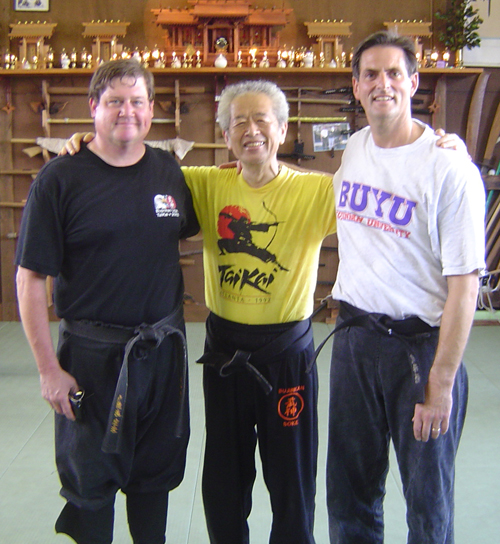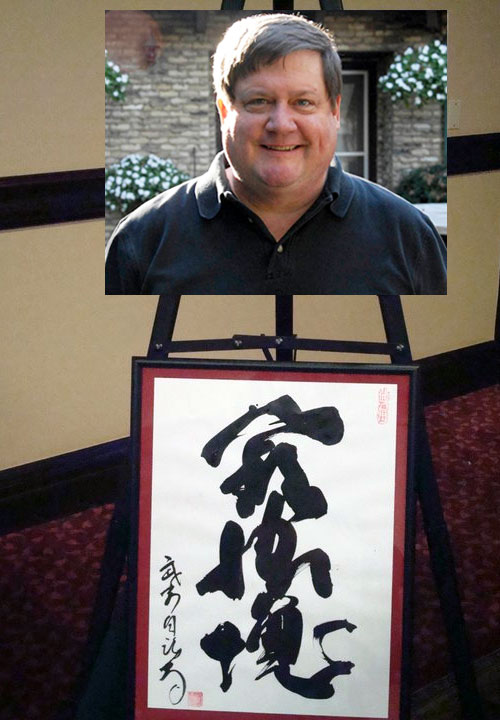New Year's Message
January 1, 2011
Dear Friends:
Happy New Year! I hope your 2011 is full of joy, peace and happiness. And great training!
2010 was a very full year with many wonderful experiences, some challenges, and a few sad moments. Circle of life.
One of the most significant things to happen this year was the early passing of Buyū Dojo co-founder Mark Hodel. Mark and I were friends for nearly thirty years and we had many adventures together — both in and out of the Bujinkan.
Mark was co-founder of the Warrior Information Network and co-sponsored 6 Tai Kai’s, including the "Last TaiKai" in 2003. He also published Hatsumi Sensei's Tetsuzan and Sanmyaku newsletters. Mark trained in Japan numerous times and organized a number of trips that facilitated many people's first training experience in Japan. Countless practitioners around the world were introduced to the Bujinkan through Mark's efforts — directly or indirectly. If you are reading this you are probably one of them. His impact on the growth of the Bujinkan in the world cannot be overstated.
Mark was also the co-publisher of Robert L. Humphrey's book "Values For A New Millennium."

Mark Hodel, Masaaki Hatsumi, Jack Hoban
Plus, he was a great guy. Mark was a real ninja, always in the background, always promoting others but not himself, coaching, mentoring, being a friend and buyū. There is a Mark Hodel Memorial Page here. If you have not done so already, please consider leaving a remembrance on the comment wall.

Mark Hodel 1953-2010 (Painting By Masaaki Hatsumi)
Goodbye, Mark. You will be sorely missed but never forgotten.

